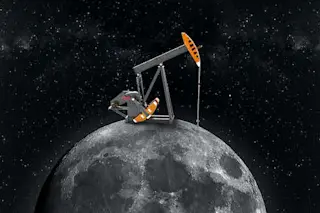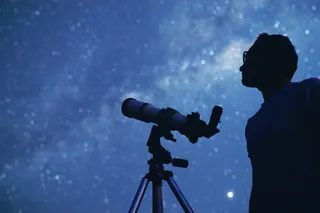The cars, cellphones, computers and televisions that people in the U.S. use every day require metals like copper, cobalt and platinum to build. Demand from the electronics industry for these metals is only rising, and companies are constantly searching for new places on Earth to mine them.
Scientists estimate that lots of these metals exist thousands of miles beneath Earth’s surface, in its molten core, but that’s far too deep and hot to mine. Instead, some companies hope to one day search for deposits that are literally out of this world — on asteroids.
The commercialization of asteroid mining is still a ways off, but in October 2023, NASA launched a scientific mission to explore the metal-rich asteroid Psyche. The main goal of the mission is studying the composition and structure of this asteroid, which could tell scientists more about Earth’s core since the two objects might have a similar ...














